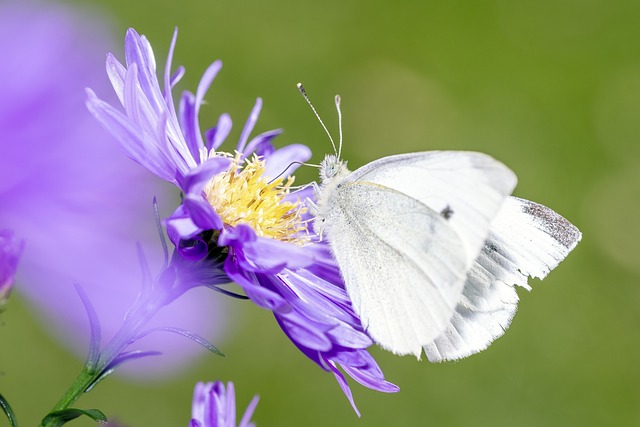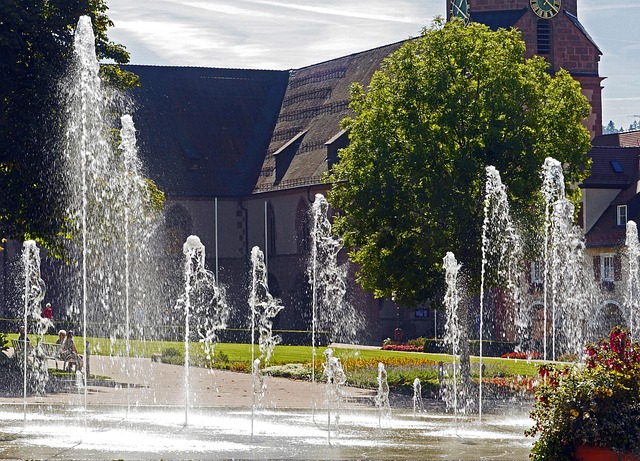In a world increasingly affected by climate change and habitat destruction, the importance of the preservation of biological diversity in our environments cannot be overstated. Creating a harmonious relationship between our gardening practices and nature is one of the most impactful ways to contribute to this preservation. By embracing eco-friendly gardening techniques, we can nurture our green spaces while supporting the array of life that depends on them.
Gardening is not simply a pastime; it is an essential link between us and the vibrant ecosystems around us. Every plant we grow, flower we nurture, and garden bed we create plays a role in maintaining the preservation of biological diversity. Here are some tips to cultivate a more eco-friendly garden that fosters a sense of connection with nature:
1. Choose Native Plants
One of the most effective ways to support local wildlife is to plant native species in your garden. Native plants are adapted to local conditions and provide food and shelter for local fauna, contributing to the preservation of biological diversity. They require less water, fertilizers, and pesticides, making them a sustainable choice that benefits both your garden and the environment.
2. Practice Organic Gardening
Organic gardening focuses on natural processes and eschews synthetic chemicals. By using organic fertilizers and pest control methods, you not only protect the health of your garden but also the surrounding ecosystems. Implement practices like composting and crop rotation to enrich your soil and encourage beneficial organisms, all key movements towards the preservation of biological diversity.
3. Create a Wildlife Habitat
Your garden can become a sanctuary for various species. Incorporate birdhouses, native shrubs, and flowering plants that attract pollinators like bees and butterflies. These elements create a vibrant microhabitat, enhancing the diversity of species that thrive in your green space. Every butterfly fluttering by or bird chirping overhead is a reminder of the interconnectedness of all living things.
4. Implement Water-Saving Methods
Water conservation is crucial in the face of climate changes that threaten our ecosystems. Installing rain barrels, using drip irrigation systems, and planting drought-resistant plants not only conserves water but also protects aquatic habitats. By nurturing your garden with sustainable watering methods, you contribute to the preservation of biological diversity across broader landscapes.
5. Avoid Monoculture
Monoculture, the practice of growing a single crop over a wide area, can threaten local ecosystems by reducing habitats needed for various species. Instead, consider companion planting or creating diverse garden beds. This biodiversity in your gardening techniques supports a range of creatures, hoisting a healthy balance in the ecosystem. Embrace variety for a thriving environment!
6. Participate in Community Gardening
Joining or starting a community garden connects you with neighbors and fosters collaboration in protecting local habitats. Community gardens help unite people around the common goal of enriching biodiversity while sharing knowledge and resources regarding sustainable practices. As you come together to grow and learn, you create a vibrant space that honors nature.
By integrating these eco-friendly gardening practices, you can play an active role in the preservation of biological diversity within your community. Every effort counts towards cultivating a healthier planet, encouraging wildlife, and fostering a greater appreciation for our natural surroundings. Embrace the green in your gardening, and let your little patch of earth contribute to the vast, interconnected web of life!




